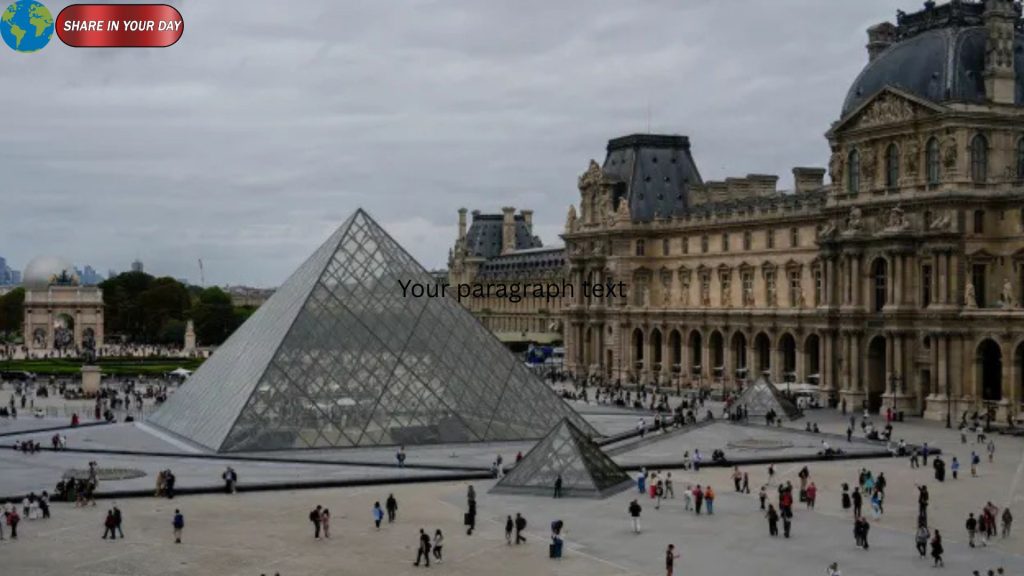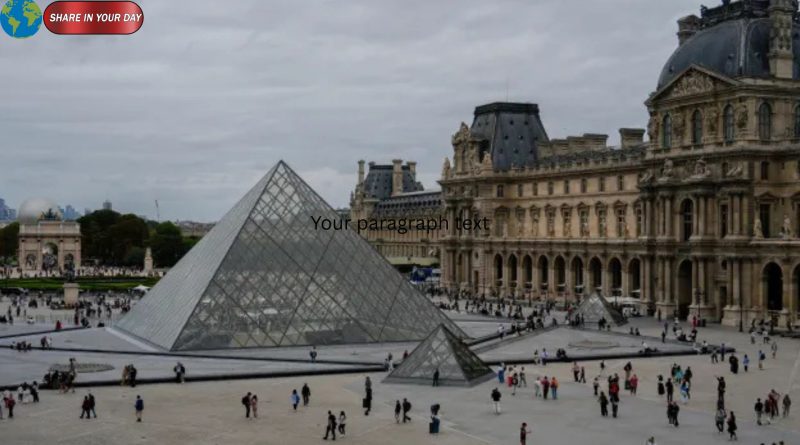Robbery at Paris’s Louvre Museum
On Sunday 19 October 2025, the Louvre Museum in Paris suspended operations for the entire day after a reported robbery targeting its jewellery collection. The French Culture Minister Rachida Dati confirmed that a “braquage” (robbery/hold-up) had occurred at the museum’s opening, although full details on what was stolen remain under investigation.
“There were no injuries,” Minister Dati stated, adding that she was onsite “with museum staff and police.”
What we know so far
- According to reports, the robbers gained entry via the Seine-facing facade of the museum, where renovation works are ongoing.
- They reportedly used a freight elevator to reach the Galerie d’Apollon, the section that houses historic jewellery linked to Napoleon and the Empress.
- French media report that nine pieces of jewellery belonging to the French Crown Jewels collection were stolen; these included a tiara, brooch and necklace.
- The Louvre issued a statement saying it would be closed “for exceptional reasons” but did not provide a full breakdown of what was taken.
Significance and implications
This incident marks a major security breach at one of the world’s most visited cultural institutions. The Louvre draws millions of visitors each year and houses some of art history’s most famous works — including the Mona Lisa and the Venus de Milo.
Beyond the theft itself, key questions are raised:
- How did thieves gain access to such a well-guarded section of the museum?
- What security protocols were in place and how might they have failed?
- What is the value of the stolen items — both financial and cultural?
- What broader implications for museum security and heritage protection does this event carry?
A short history of threats at the Louvre
The Louvre has faced high-profile thefts in the past. One of the most famous: in 1911, the Mona Lisa was stolen by an ex-worker of the museum.Louvre robbery
More recently, in January 2025 the museum’s director, Laurence des Cars, warned in a confidential internal note of the deteriorating state of the museum building — citing leaks, temperature swings and overcrowded visitor spaces that endangered artworks.
While those issues weren’t tied to security directly, they underscore ongoing challenges at the institution.
What happens next
Investigations are underway. France’s police and the museum’s security teams will be conducting forensic audits of the entry point, access logs, security camera footage and the condition of the gallery in question. Minister Dati has pledged support for a full investigation.
Recovery of the stolen pieces may be difficult given the discreet nature of high-end art and jewellery thefts. The museum will likely announce revised access restrictions, upgrades to surveillance and structural security, and may review visitor flows around particularly sensitive galleries.
Why this matters
- For cultural heritage: The stolen items are part of France’s national patrimony — not just valuable for their materials but for what they represent historically.
- For museum security globally: A breach at the Louvre sends a signal to the world’s museums and raises questions about how to better protect high-value collections in publicly accessible institutions.
- For tourism and public confidence: The Louvre hosts millions of visitors annually. Incidents like this may affect public perception of safety, and could influence future visits or museum operations.
Conclusion
The robbery at the Louvre marks a troubling chapter for one of the world’s great museums. While no injuries were reported and the full list of stolen items is still under review, the implications are far-reaching: for museum security, for cultural heritage, and for the millions who visit the institution each year. The coming days and weeks will likely reveal more about how the crime was committed, what was lost, and how the museum will respond.





